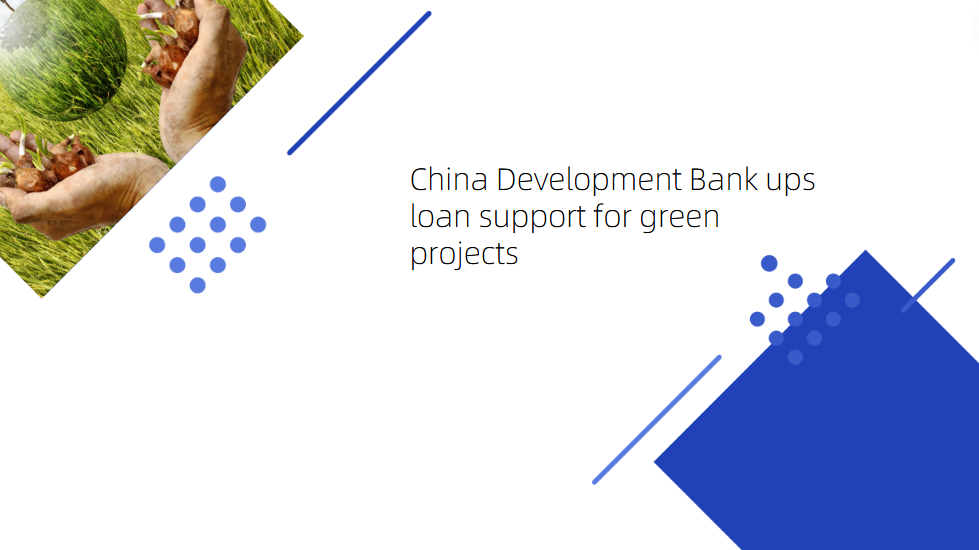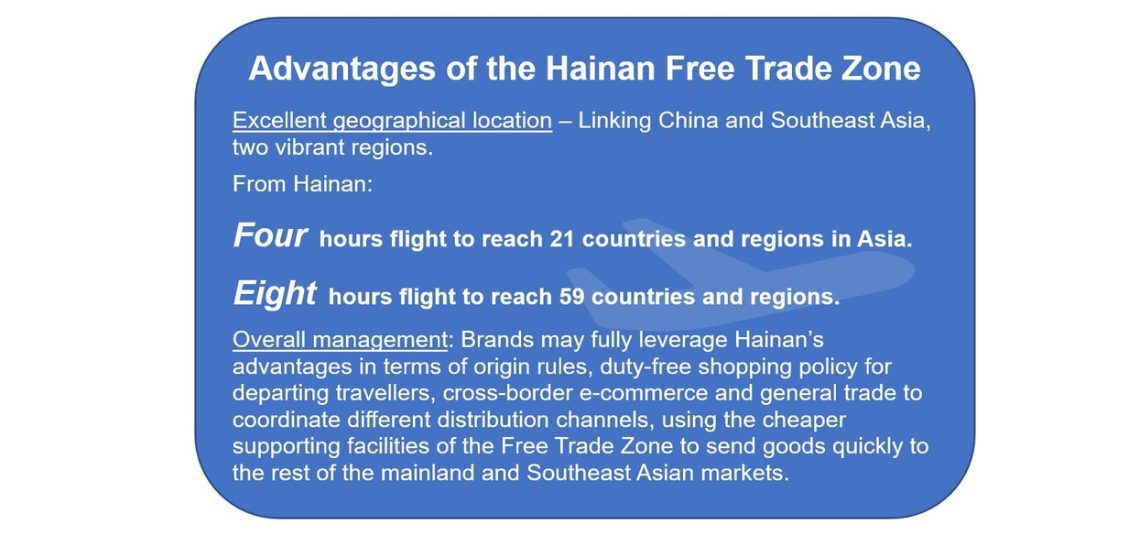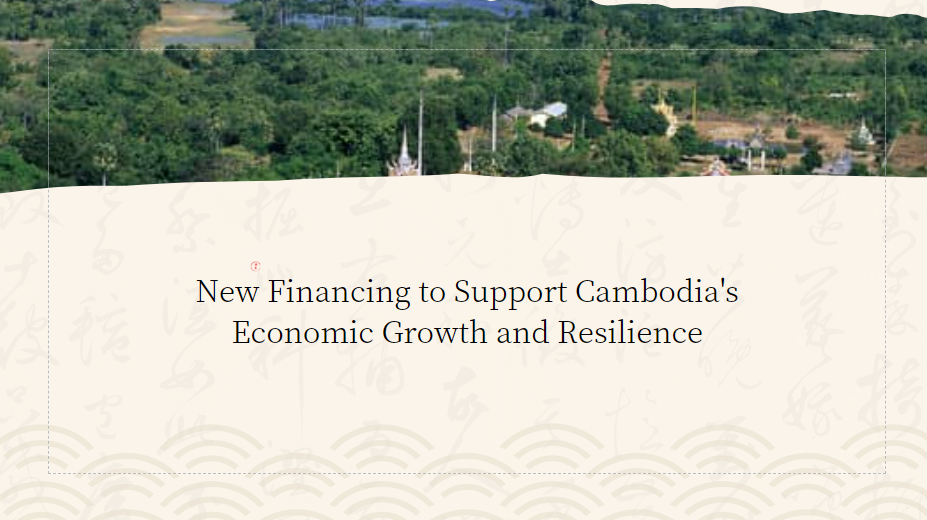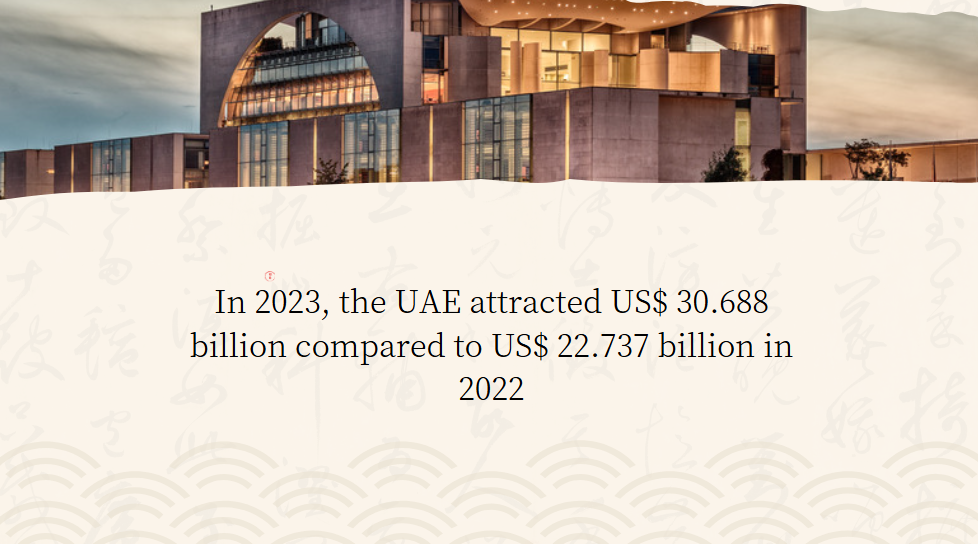SSE accelerates the construction of index product system, indexing investment embraces a strategic opportunity period
In the present context, expanding long-term investment and patient capital has become a major theme in the high-quality development of China's capital market. The guideline on strengthening regulation, forestalling risks and promoting the high-quality development of the capital market released by China's State Council this year specifically emphasizes the need to build a policy system for "long-term investment with long-term funds", vigorously develop equity public funds, and promote the development of indexing investment. The combination of policy guidance and market enthusiasm has ushered in a strategic opportunity period for indexing investment in the A-share market. As of the end of May 2024, the total size of domestic index fund products reached 3.4 trillion yuan, an increase of nearly 20% from 2.9 trillion yuan at the end of 2023, and a 17-fold increase compared to 19 billion yuan in 2005, with an annual compound growth rate of more than 30%. In particular, index funds, represented by ETFs, have developed rapidly, becoming an important channel for indexing investment. After 20 years of development, as of the end of May this year, the domestic ETF market size reached 2.45 trillion yuan, playing an increasingly important role in residents’ wealth management. The Shanghai Stock Exchange (SSE) continues to expand its ETF product layout, accounting for 75% of the total domestic ETF market size, and 33 ETF products have reached a size of 10 billion yuan each.
The Surge in Indexing Investment
In recent years, the concept that "active investment is difficult to outperform passive investment in the long term" has been increasingly accepted and recognized by more investors. Over the past decade, the S&P 500 Index has outperformed large-cap mutual funds in the US market at a rate of nearly 90%, and the CSI 300 Index has outperformed active funds tracking it at a rate of about 60%, with this rate rising to nearly 70% over the past year. Correspondingly, indexing investment has increasingly become a mainstream trend in international investment markets. In 2023, the global ETF market size exceeded 11 trillion US dollars for the first time, an increase of over 20% from the end of 2022, with nearly 1 trillion US dollars in net capital inflows for the year. In China, the popularity of indexing investment continues to rise, ushering in a strategic opportunity period.
From a policy perspective, strengthening long-term investment and patient capital has become a major focus of current investment-side reforms. The guideline on strengthening regulation, forestalling risks and promoting the high-quality development of the capital market released by China's State Council this year clearly emphasizes the need to build a policy system for "long-term investment with long-term funds", vigorously develop equity public funds, and promote the development of indexing investment. From a market perspective, with the acceleration of macroeconomic structural adjustment and industrial transformation and upgrading processes, the rapidly growing needs of residents' wealth management, and the continuous improvement of a multi-level capital market system, the trend of indexing investment in the A-share market has gradually formed. As of the end of 2023, the number of domestic index funds had increased from 10 in the year of 2005 to over 2,000, with their size growing from 19 billion yuan to 2.9 trillion yuan, achieving an annual compound growth rate of 34.1% and 32.5%, respectively. Throughout 2023, the cumulative net inflow of index fund products amounted to 570 billion yuan. Among them, the number of ETFs listed on the stock exchange reached about 890, with a total size exceeding 2 trillion yuan, reaching a historical high, representing increases of 18.06% and 28.13% respectively compared to the end of 2022. This data is being continuously refreshed this year. Various types of investors, including medium and long term institutions, have significantly increased their recognition of indexing investment. As of the end of May 2024, the size of domestic index fund products had reached 3.4 trillion yuan, a further growth of 17.24% from the end of 2023, with cumulative net capital inflows of over 360 billion yuan. Among them, the size of domestic ETF products reached 2.45 trillion yuan, an increase of 19.5% from the beginning of the year.

Accelerated Construction of Index and Product Systems
The year of 2024 marks the 20th anniversary of the establishment of the China's ETF market. In 2004, China's first equity ETF - ChinaAMC SSE 50 ETF was launched. After 20 years of exploration and development, China's index and product systems continue to expand. As one of the leading exchanges globally, the SSE brings outstanding companies from various industries across China together. In recent years, with collective efforts, the quality of SSE-listed companies has steadily improved, laying a solid foundation for the accelerated construction of high-quality index and product systems. The SSE, in collaboration with the China Securities Index Company, has been actively enriching the index system and encouraging the development of index fund products. Currently, the combined number of SSE and CSI indices exceeds 7,000, covering multiple asset classes such as stocks, bonds, commodities and funds, with stock indices accounting for nearly 70%. The index samples span more than 20 major countries and regions worldwide, centered around the markets of Shanghai, Shenzhen, and Hong Kong. In 2023, the net inflow of SSE and CSI index fund products totaled nearly 430 billion yuan, accounting for more than 75% of the net inflow of domestic index fund products. As of the end of May 2024, the size of SSE and CSI index fund products had approached 2.4 trillion yuan, hitting a record high and accounting for about 70% of the domestic index fund market share. Among these, the STAR Market's index products, such as the STAR 50 Index and STAR 100 Index, continued to receive positive market responses, with a combined size exceeding 150 billion yuan. Recently, the first batch of Enhanced Strategy ETFs based on the SSE STAR 100 Index was launched, providing more investors with excellent tools to share in the growth dividends of the STAR Market. The CSI A50 Index, released this year, facilitates investors in the "one-click configuration" of high-quality leading enterprises in various industries, with the product size reaching 21.7 billion yuan, a new historical high. Additionally, since the beginning of 2024, the dividend index and the low-volatility dividend index have achieved nearly 20% returns, with a combined product size of 83.6 billion yuan, marking an increase of 36%.
Supported by indices, the SSE has accelerated the construction of a more diverse ETF product system. As of the end of May 2024, the number of ETFs on the SSE exceeded 570, with a size of 1.84 trillion yuan, an increase of nearly 19% from the beginning of the year, accounting for 75% of the total domestic ETF market size. Among them, the size of SSE equity ETFs reached 1.34 trillion yuan, an increase of 24% from the beginning of the year, while bond ETFs reached a market value of 87.7 billion yuan, an increase of 62% from the beginning of the year. Based on data as of the end of May, the SSE and the Shenzhen Stock Exchange (SZSE) have a total of 43 ETF products with a market size exceeding 10 billion yuan, of which 33 are on the SSE, accounting for 77%, and 13 have a market value exceeding 30 billion yuan, with 11 on the SSE. Broad-based ETF products, in particular, have seen continuous growth. As of the end of May 2024, the number of broad-based ETFs on the SSE stood at 131, with a combined size of 929.3 billion yuan, reflecting an increase of 44% from the end of 2023. The introduction of measures such as fee reductions and dividends has further enhanced the attractiveness of these products. Since August 2023, to increase long-term returns for investors holding broad-based ETFs and improve their ongoing experience, seven broad-based ETFs on the SSE have reduced their management fees, with fee reductions ranging between 10 and 35 basis points. In terms of dividends, ETFs on the SSE have cumulatively paid dividends of 20.401 billion yuan in the past three years, with broad-based ETFs accounting for 11.843 billion yuan, or 58%. Particularly in 2024, the dividend distribution has intensified, with SSE ETFs cumulatively paying dividends of 4.749 billion yuan, of which broad-based ETFs accounted for 3.841 billion yuan, or 81%. Moreover, in recent years, several products have adjusted their income distribution model to monthly dividends, increasing the predictability of dividends, which not only enhances the holding experience for investors but also significantly boosts the attractiveness of the products.
Highly Promising "New Blue Ocean" for Investment
From the establishment of the world's first ETF in 1993 to the ETF market size exceeding 1 trillion US dollars in 2009, it took 17 years. It then took just four more years to reach 2 trillion US dollars in 2013, and only three additional years to surpass 3 trillion US dollars. By 2023, the global ETF market size had grown to over 11 trillion US dollars. This rapid development underscores the increasingly crucial role that ETFs-oriented indexing investment is playing in global asset allocation.
In China's domestic market, indexing investment is also flourishing and is regarded as a highly promising "new blue ocean" for investment. Particularly with the growing emphasis on long-term, value, and rational investment concepts, indexing investment, exemplified by ETFs, is being recognized by more and more investors and has become a key asset allocation option for various market institutions. It took 16 years for the domestic ETF industry to reach its first trillion yuan, but only three years more to achieve the second trillion yuan. Notably, in recent times, domestic index funds have demonstrated certain excess returns over active funds, further enhancing the attractiveness of related products. Throughout 2023 and the first five months of 2024, the CSI Passive Equity Fund Index achieved excess returns of approximately 3.7% and 1.2%, respectively, compared to the CSI Active Equity Fund Index. Market professionals point out that the current size of domestic equity ETFs accounts for only 2% of the total market value of A-shares, and index funds constitute about 11% of the public fund size, indicating significant room for growth compared to mature overseas markets. With the continuous inflow of medium and long term funds such as social security and insurance funds, the increasing effectiveness of the domestic market, and the further recognition and acceptance of indexing investment concept, China's indexing investment has broad prospects.






















































First, please LoginComment After ~